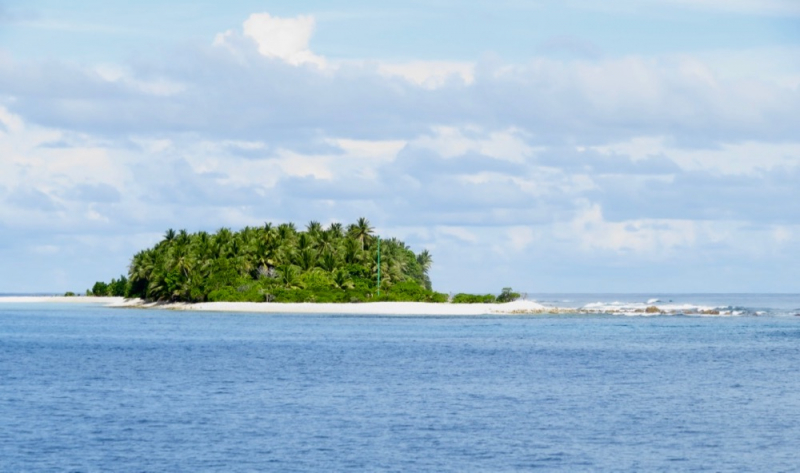Niulakita
Niulakita is Tuvalu's southernmost island, as well as the name of the island's lone community. The town of Niulakita has a population of 34 people. Niulakita inhabitants have relocated to the island from Niutao. Niulakita is represented in Tuvalu's Parliament by members of the Niutao constituency. The discovery of Niulakita is attributed to travellers from Nui, headed by Kaunatu, who was returning people to Vaitupu when their canoe veered off course to the south and landed in Niulakita. On the islands, the only plants were saltbush (Atriplex) and pukavai trees (Pisonia grandis). One of the passengers, Kaeula, passed away and was buried with the last of their coconuts planted at the head of his grave. Kaunatu named the island after a place on Nui with the same name.
Niulakita is a coral reef. Tuvalu has four ponds or lakes, as well as a maneapa (community hall) that serves as a meeting and recreational facility. The island is shaped like an oval, with the longer axis running east-west (about 1 km long). This island has Tuvalu's highest peak (4.6 meters (15 feet) above sea level). The entire island is surrounded by a fringing reef, making local fishing and transportation into and out of the island difficult.
Location: Tuvalu










